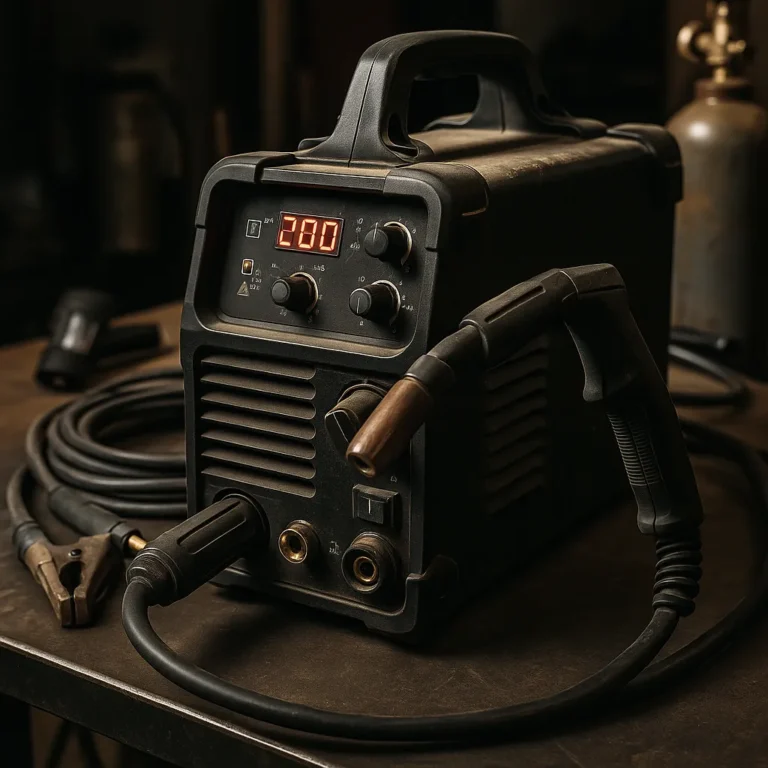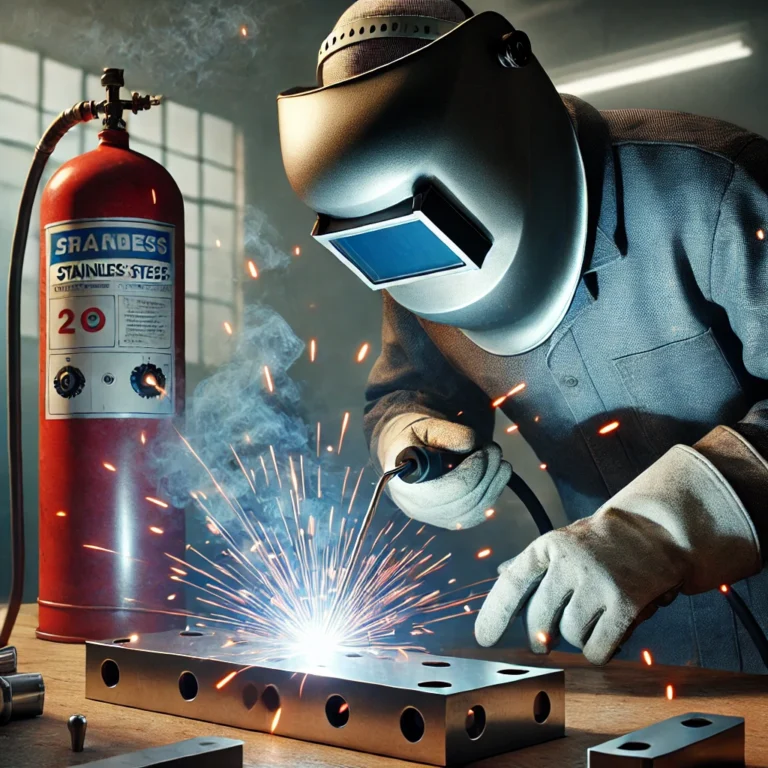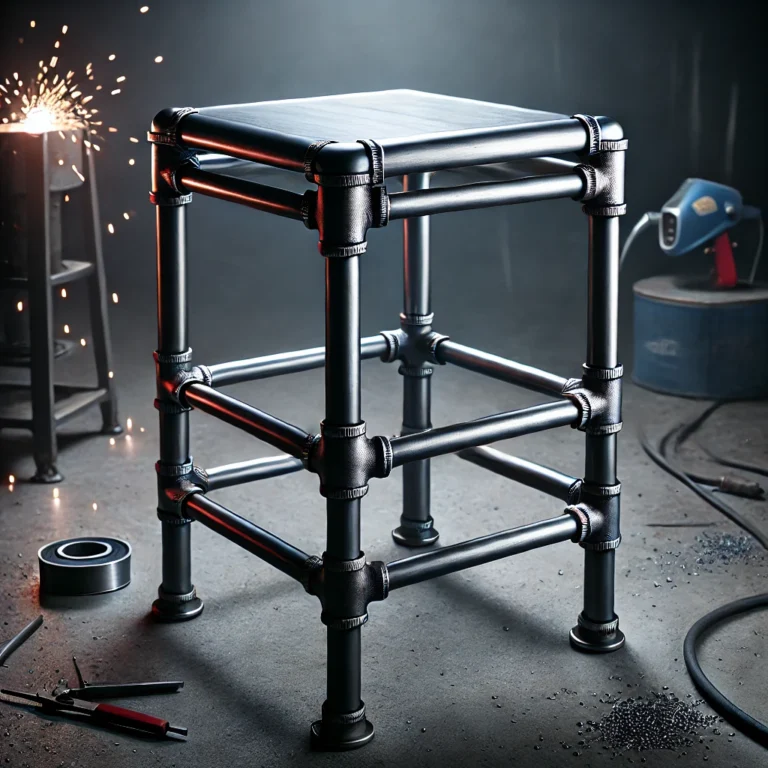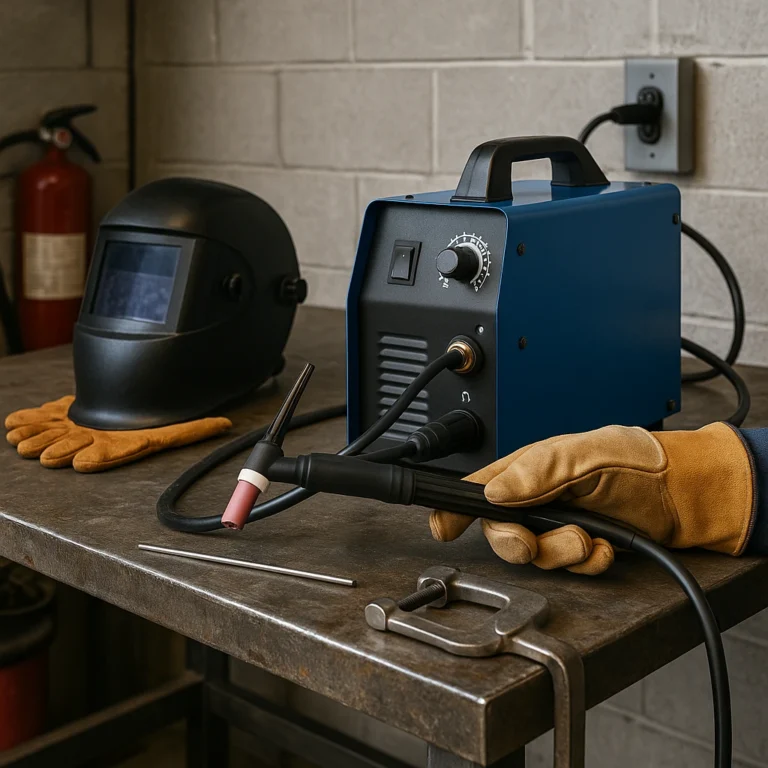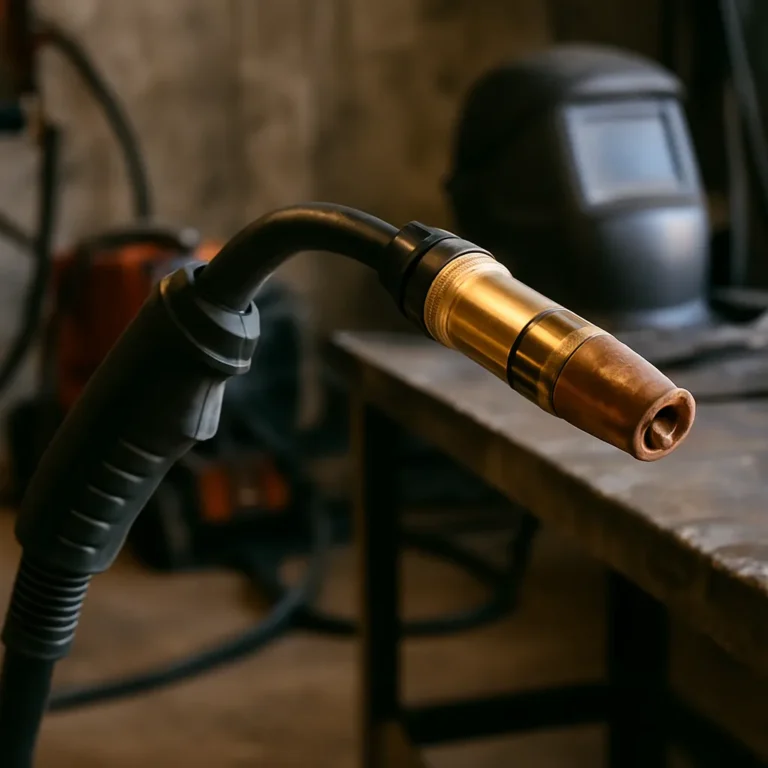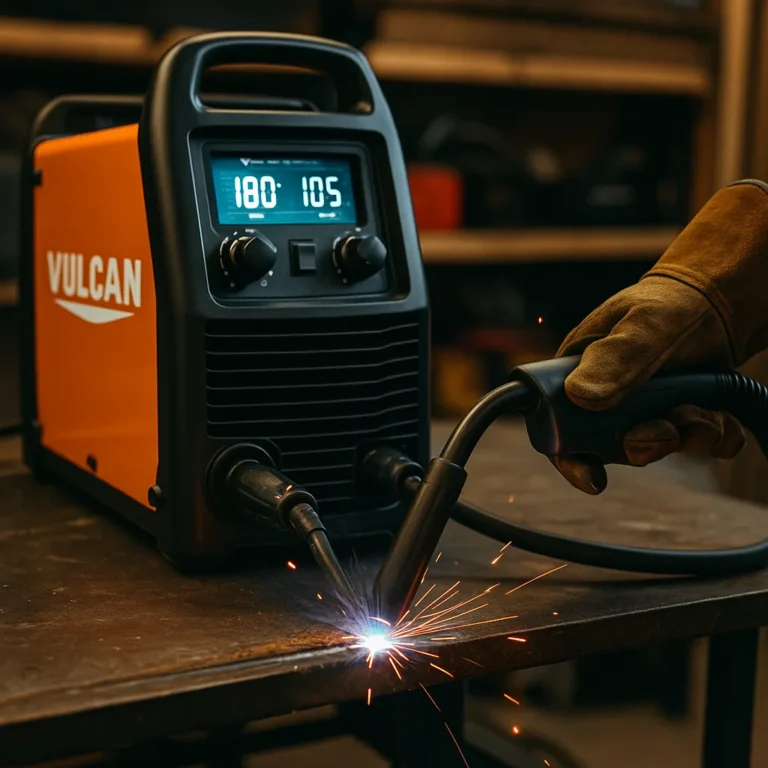MIG Welding for Beginners – Tools, Tips, and Setup That Make Learning Easier
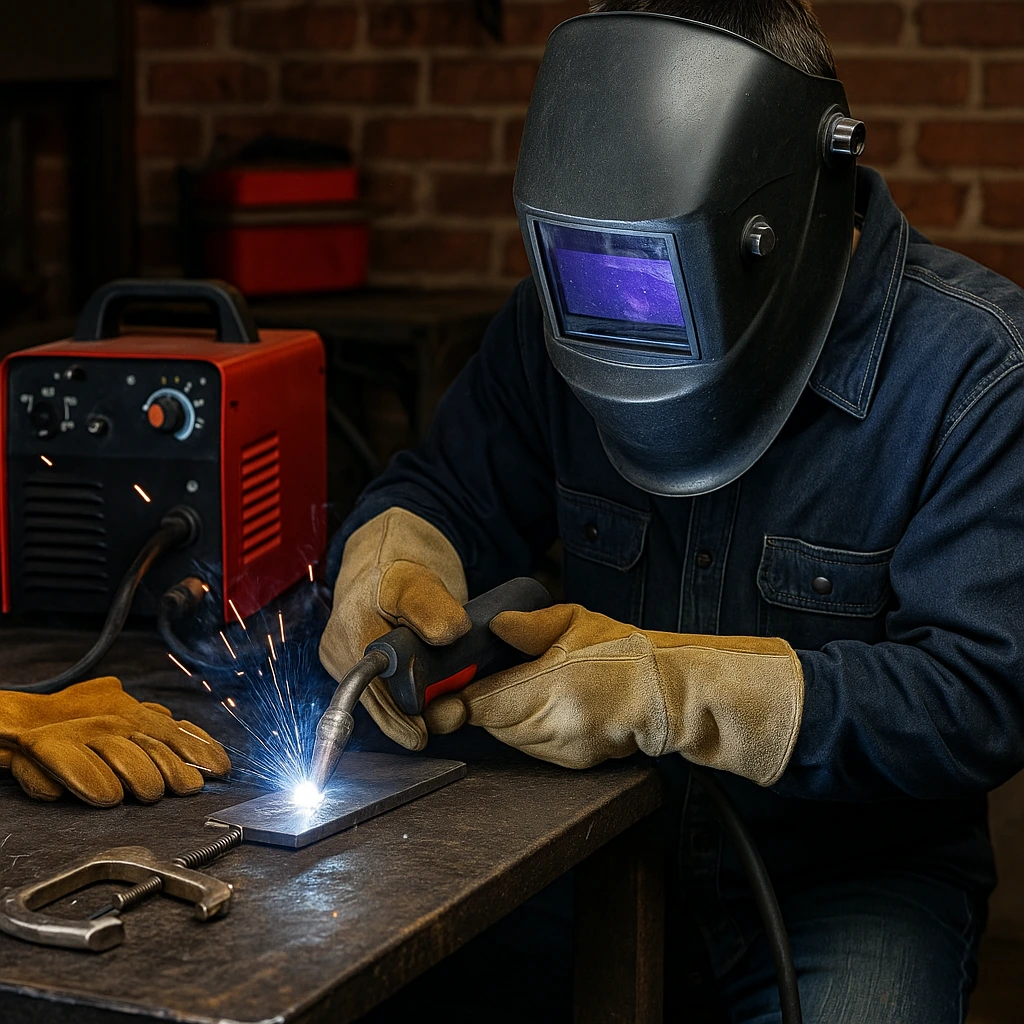
Disclosure: This post contains affiliate links. As an Amazon Associate, I earn from qualifying purchases—at no extra cost to you.
Last Updated: August 5, 2025
MIG welding’s one of the easiest ways to lay down clean, solid beads when you’re just starting out—whether you’re patching trailers, building shelves, or fixing gear in the garage. You don’t need to memorize every setting or read a stack of manuals. What matters is having a machine that works, a space that’s safe, and knowing a few habits to keep you out of trouble.
If your gear list isn’t complete yet, our beginner welding kits guide lays out everything you really need to get going.
Why MIG Welding Is Great for Beginners
MIG (or GMAW) works so well for beginners because it’s fast to pick up and forgiving. Once your voltage and wire speed are dialed in, it’s mostly about keeping your hand steady and your pace right.
The machines aren’t complicated, and the welds look good—even if you’re still learning. You don’t need to fight with rods or try to master both hands at once like in TIG.
And if gas tanks feel like too much to deal with? Flux core wire gives you a gas-free way to start welding right away.
💡 Tip: Working in the yard or barn? Grab flux core wire—it won’t blow out in the wind like shielding gas.
Must-Have MIG Welding Gear for Beginners
You don’t need top-shelf gear to get going, but skipping the wrong pieces will trip you up fast.
Start with a 120V MIG welder if you’re using regular outlets. Look for one with solid wire speed and voltage controls, plus a good trigger gun and reliable ground clamp.
You’ll want a fast-reacting auto-darkening helmet—especially with grind mode if you plan on doing fit-up or switching between welds and prep.
MIG gloves should give you heat protection without turning your hands into bricks. Keep spare tips, contactors, and liners close—they wear down quicker than you think.
As for clamps, get a mix of standard C-clamps and magnetic ones. They help keep your pieces from shifting while you run beads. Always weld on metal, not wood—and make sure your space has airflow.
MIG Welding Setup – Home Garage or Jobsite Ready
The cleaner and safer your space, the smoother your welds will go. Tangled cords and bad lighting do more damage than you’d expect.
Good ventilation is a must—flux core smoke builds up fast in small garages. A 120V setup is fine for most beginners, but if your space can handle 220V, you’ll have more power to grow into.
Use hooks or reels to keep your cables managed, and add extra lighting near your bench. Bad lighting makes tacking, cleanup, and alignment a pain.
💡 Tip: Keep a flap disc or wire brush on hand—clean metal keeps your arc steady and your welds solid.
MIG Welding Techniques – What Beginners Should Know
Keep it simple. Focus on prep, motion, and angle—not perfection.
Stickout should be about ⅜” to ½”, and use a push technique. That gives better gas coverage and helps smooth out your weld bead.
Move too fast and you’ll leave gaps. Too slow and you risk burning through. A slight forward tilt on your gun—about 10°—helps with control and visibility.
And listen to the arc. A nice, steady sizzle means you’re in the zone. If it’s popping or spitting, check your speed, angle, or surface condition.
Common Beginner Mistakes (and How to Avoid Them)
MIG’s forgiving, but it still punishes bad habits.
One big mistake is using solid wire outdoors without gas—that’s a recipe for porosity. Go with flux core outside.
Don’t weld over paint, rust, or grime. Your arc will skip, and the weld won’t hold.
Skip the test beads, and you’re setting yourself up for frustration. Always run a few passes on scrap first so you know what to expect.
And when you’re done, stay on fire watch. Sparks love to hide in sawdust, rags, and tool corners.
FAQ – MIG Welding for Beginners
Can I MIG weld outside?
You can, but only with flux core wire—gas-based MIG doesn’t work well in wind.
Do I need a gas tank to MIG weld?
Not if you’re running flux core wire. That’s why it’s so beginner-friendly.
What kind of metal can I MIG weld?
Start with mild steel. Aluminum and stainless are doable later with more gear and experience.
How thick of metal can a beginner MIG welder handle?
Most 120V machines can handle up to 3/16” steel. For anything thicker, move to a 220V setup.
Conclusion
If you’re just starting out in a garage or tackling basic repairs around the shop, MIG gives you a reliable, low-hassle way to get welding fast. It’s simple, clean, and forgiving enough that even brand-new welders can lay down strong, usable beads with just a little practice.

